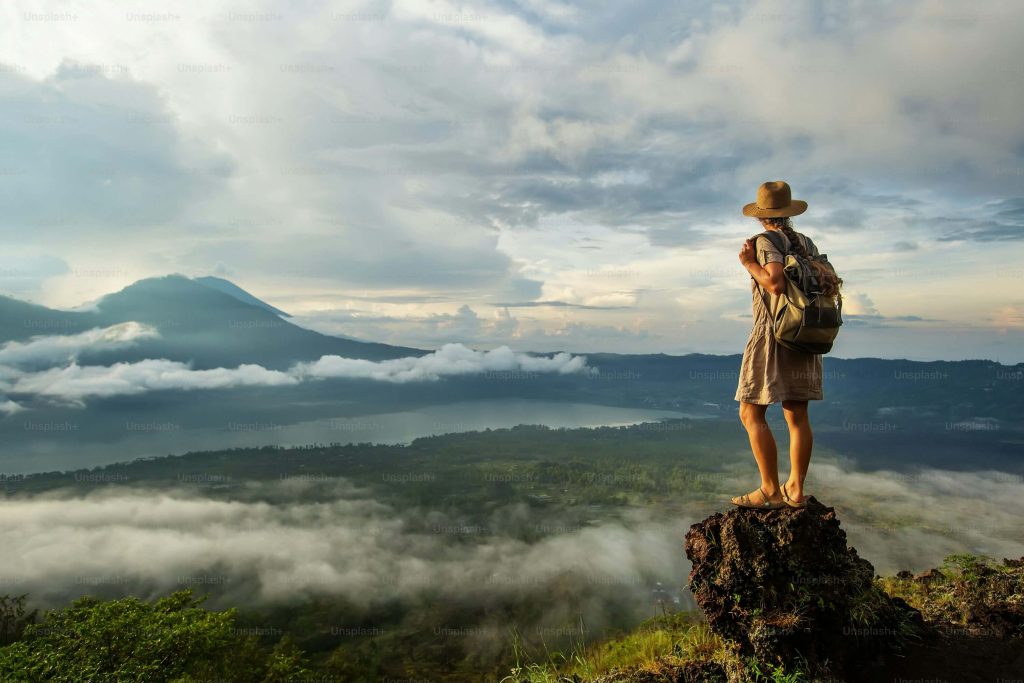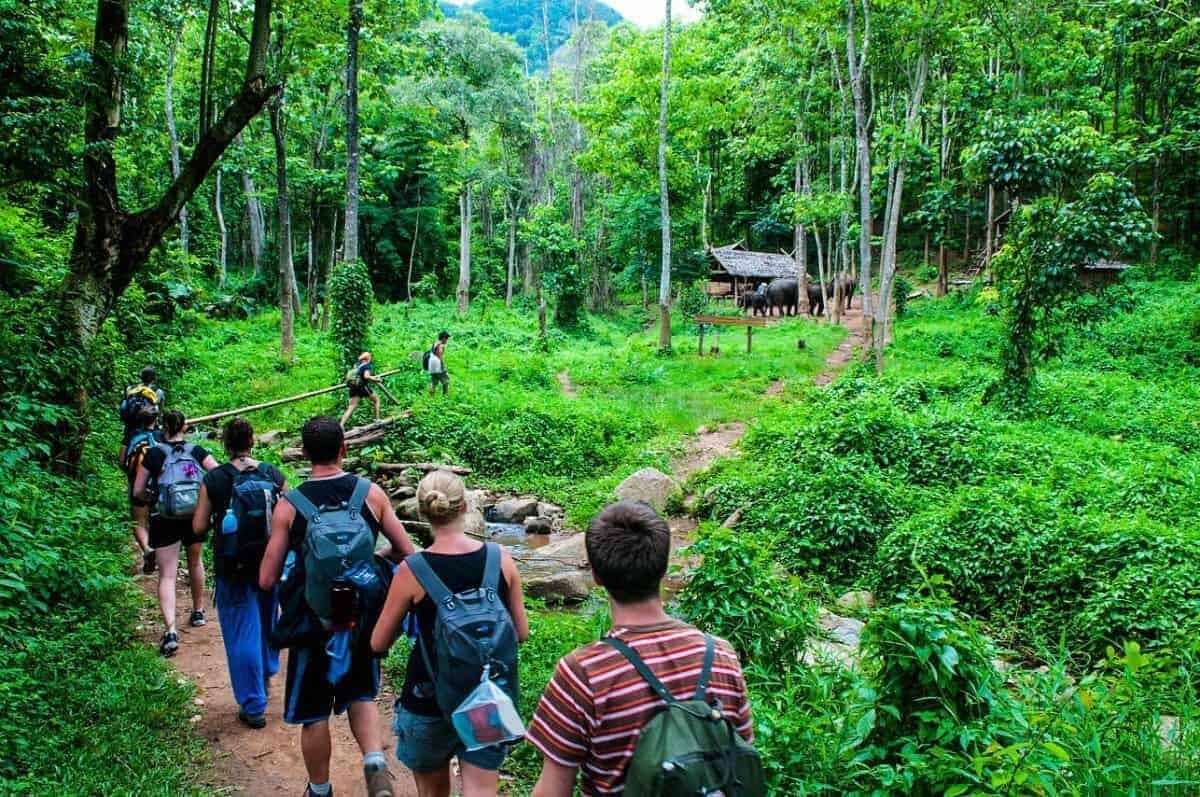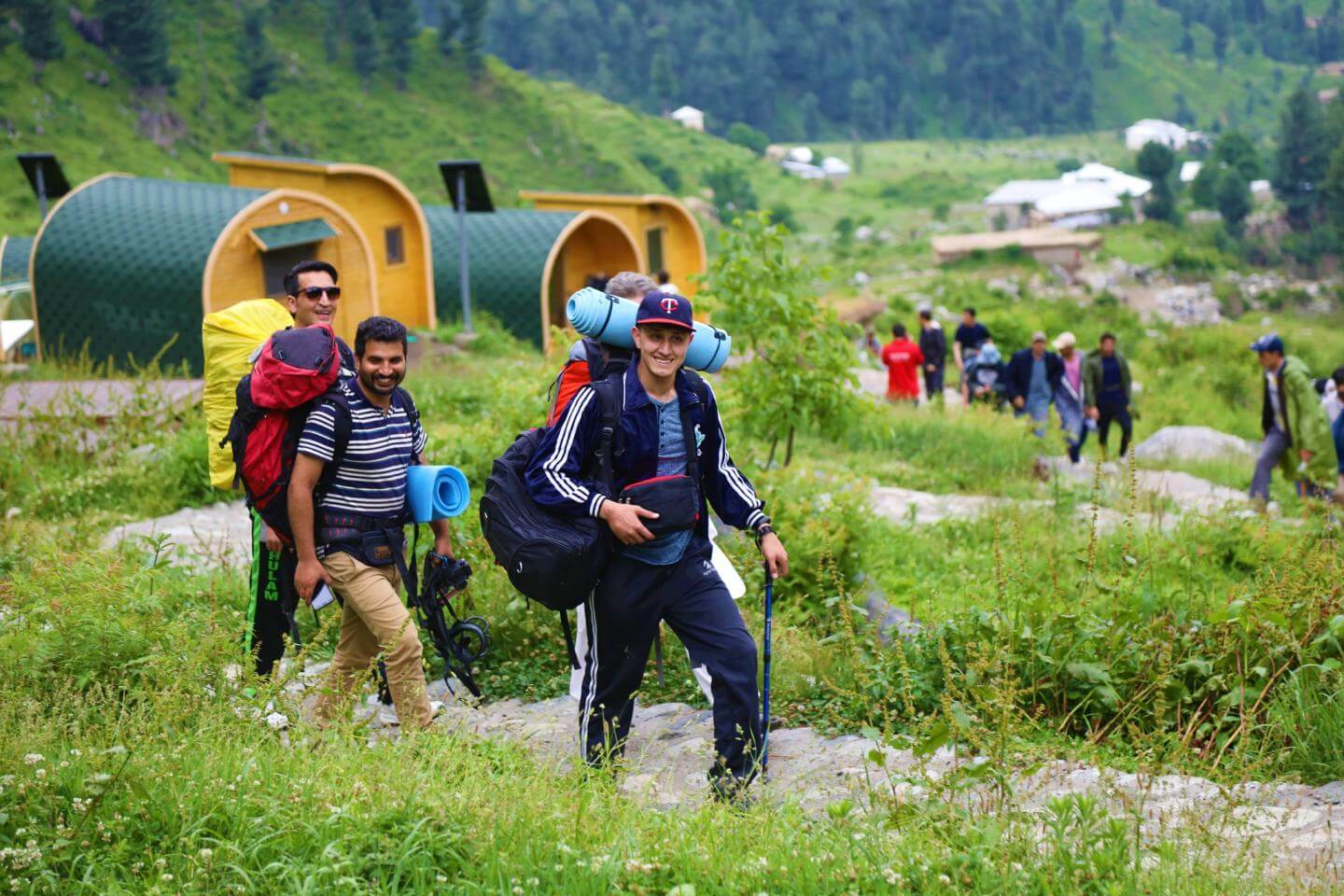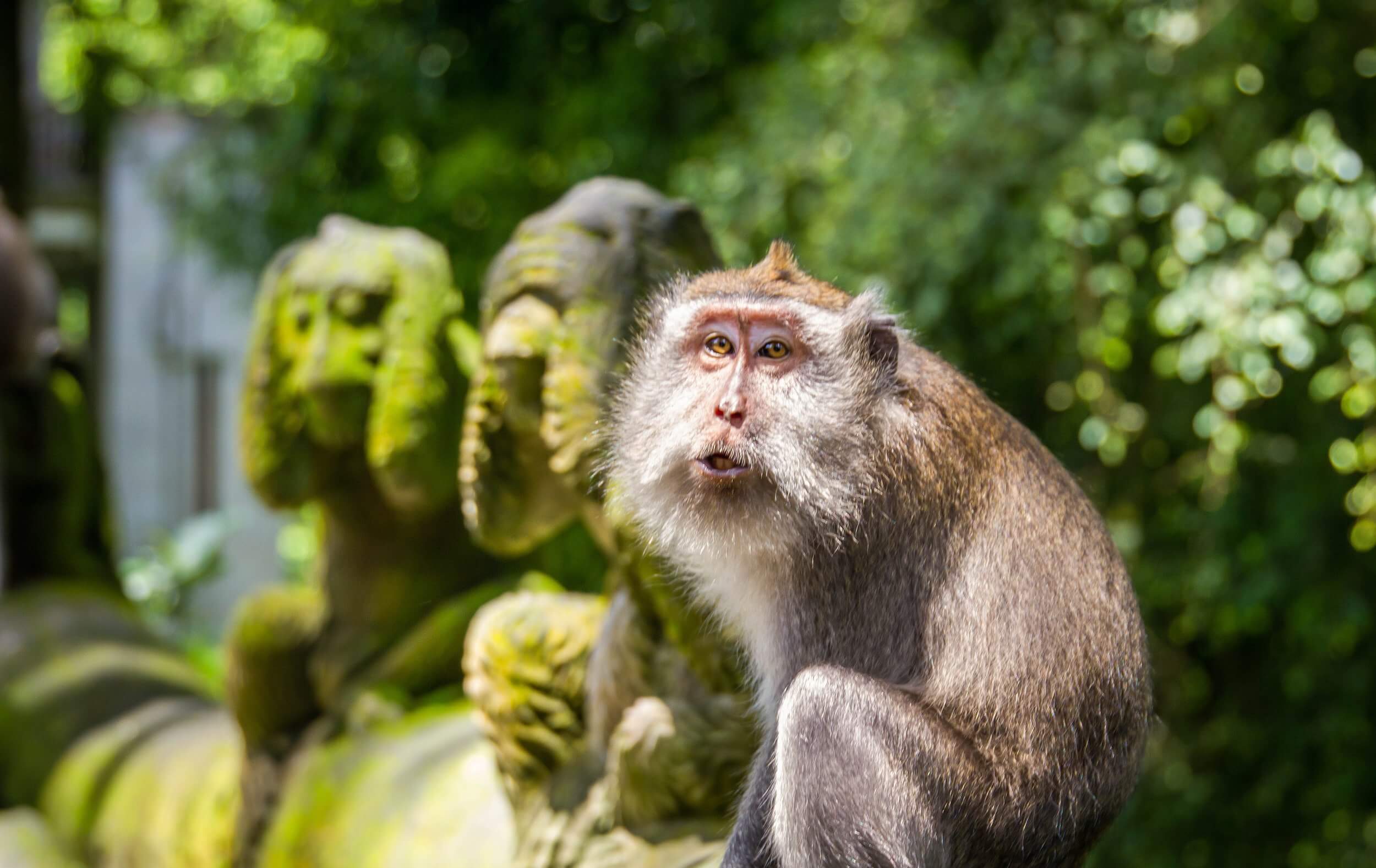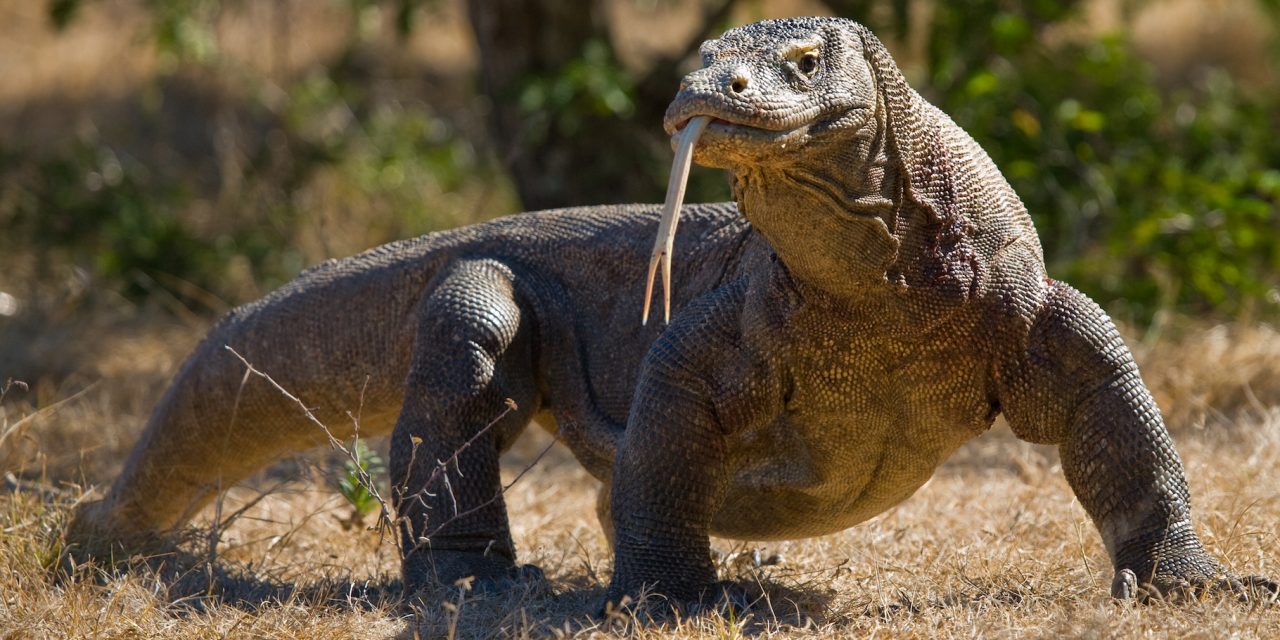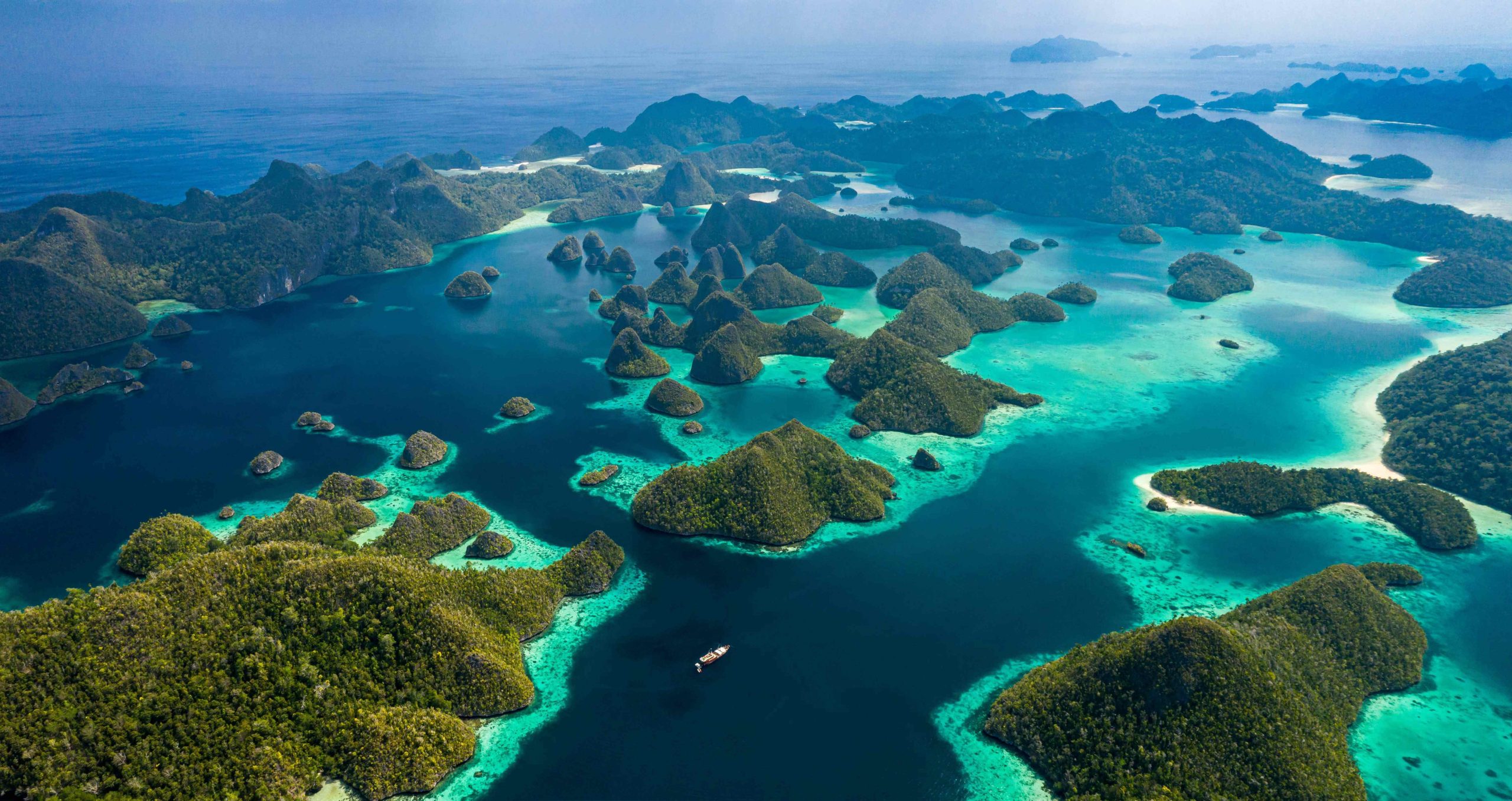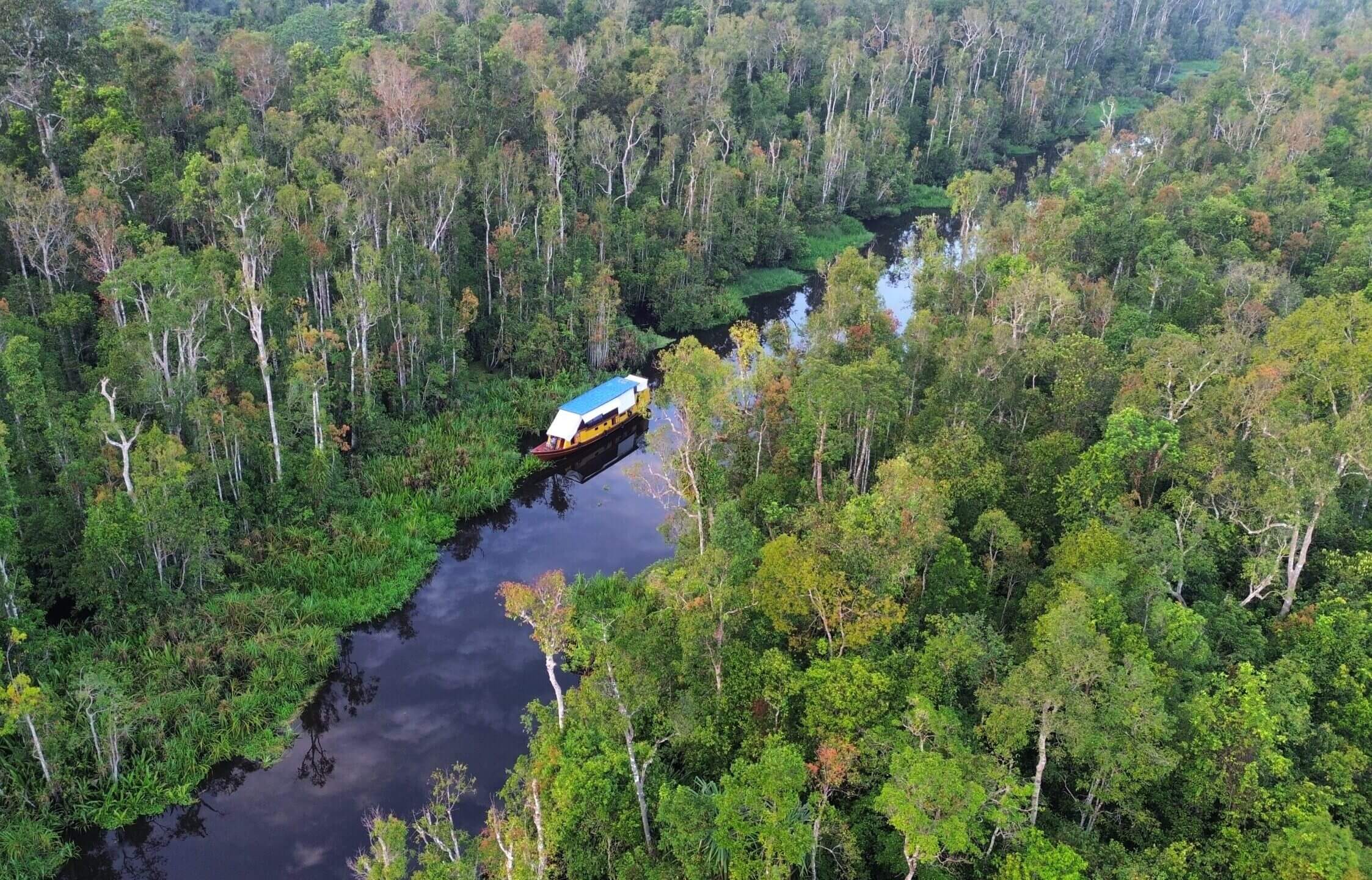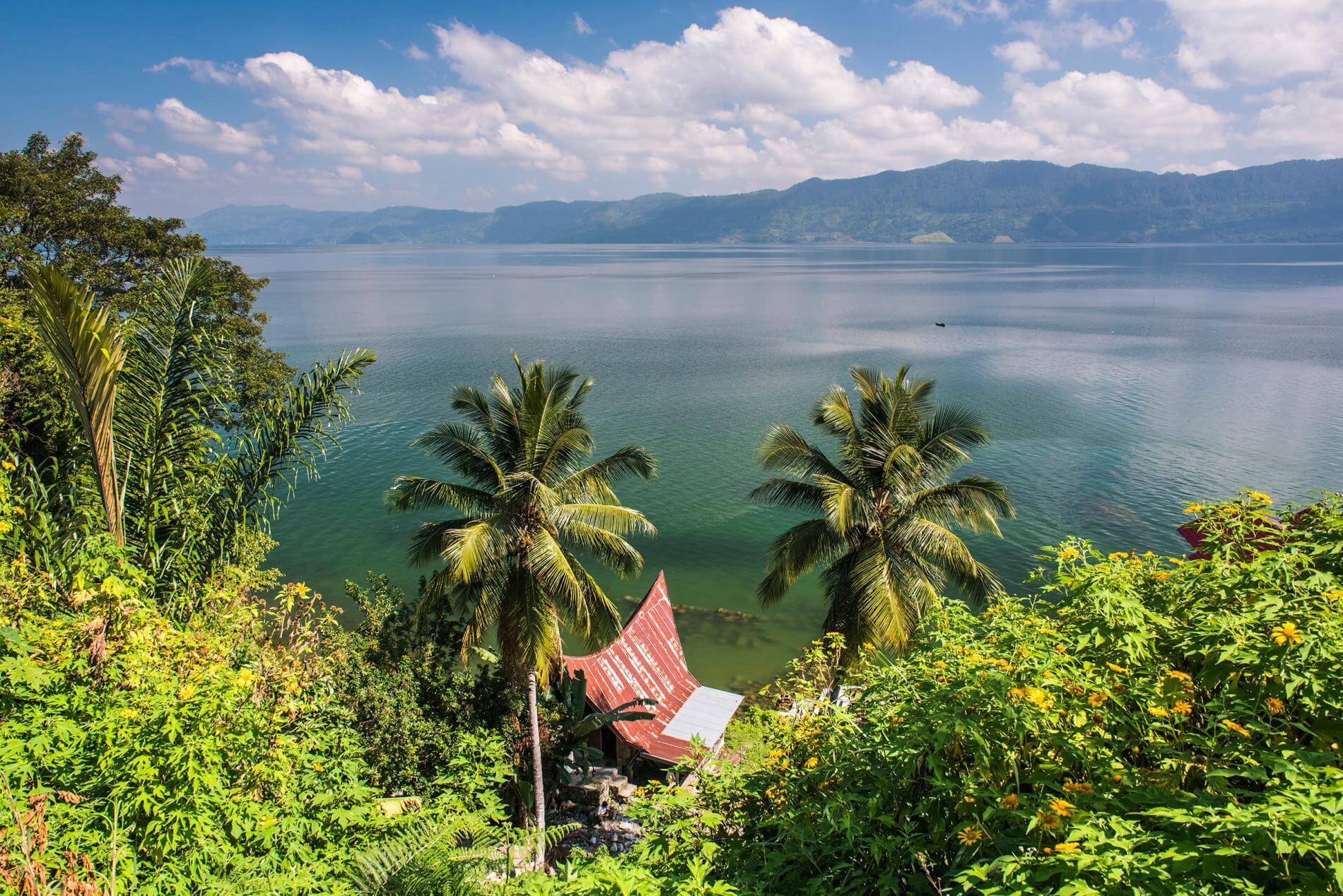Indonesia is a tropical paradise, renowned for its stunning natural beauty, diverse ecosystems, and vibrant cultural heritage. As one of the most biodiverse countries in the world, Indonesia is home to some of the most unique ecosystems on the planet. However, with the rise in tourism over the past few decades, these precious ecosystems are under threat from unsustainable practices. This makes eco-tourism more important than ever.
Eco-tourism in Indonesia is not just about enjoying its natural beauty; it’s about being part of the solution to preserve these delicate ecosystems. This article will explore how travelers can experience Indonesia’s natural wonders responsibly, support conservation efforts, and help protect the environment. Whether you’re exploring Bali’s terraced rice fields, diving in Raja Ampat, or trekking through Borneo’s rainforests, eco-tourism offers a sustainable path forward for both travelers and the country’s unique ecosystems.
What is Eco-Tourism?
Eco-tourism, sometimes called sustainable tourism, is travel that focuses on visiting natural areas to conserve the environment, respect local cultures, and promote economic development without compromising the ability of future generations to enjoy these resources. Eco-tourism emphasizes responsible travel, minimizing the environmental impact, and supporting local communities by promoting awareness and education about the natural world.
In the context of Indonesia, eco-tourism is crucial for maintaining the health of its forests, marine ecosystems, and endangered species. With the country's biodiversity and natural beauty being at risk due to over-tourism, eco-friendly travel practices have become more vital than ever.
Why Indonesia Needs Eco-Tourism
Indonesia is home to over 17,000 islands, many of which boast incredible biodiversity, some of which can only be found in this part of the world. The country is one of the world’s top hotspots for biodiversity, housing species such as the orangutan, Sumatran tiger, and Komodo dragon. But this wealth of natural life is threatened by deforestation, habitat destruction, and environmental degradation.
Indonesia faces the dual challenge of sustaining its growing tourism industry while safeguarding its ecological treasures. Indonesia’s beaches, islands, rainforests, and wildlife are under pressure from poorly managed tourism practices that contribute to pollution, overdevelopment, and habitat loss.
The solution lies in eco-tourism, which allows travelers to experience Indonesia’s beauty while helping preserve it. Through responsible travel practices, eco-tourists can support conservation efforts and ensure the protection of Indonesia’s unique ecosystems for future generations.
Top Eco-Tourism Destinations in Indonesia
Indonesia is full of eco-friendly travel opportunities, ranging from national parks and nature reserves to protected marine environments. Here are some of the best eco-tourism destinations where travelers can immerse themselves in Indonesia’s natural beauty and play a role in its preservation.
1. Bali: Sustainable Tourism Practices in Paradise
Bali, one of Indonesia’s most famous destinations, has long been a favorite for its scenic landscapes, vibrant culture, and wellness-focused tourism. In recent years, Bali has made strides in promoting eco-tourism, with many hotels, restaurants, and businesses adopting sustainable practices.
Bali’s Ubud, known for its lush rice terraces, forests, and wellness retreats, is at the heart of Bali’s eco-tourism movement. Visitors can participate in sustainable activities such as organic farming tours, visiting eco-friendly resorts, and learning about traditional farming practices that emphasize sustainability.
The Sacred Monkey Forest Sanctuary in Ubud is another great example of responsible tourism, where conservation efforts are made to protect both the monkeys and their natural habitat. Additionally, the island’s marine life is conserved through organizations working to protect coral reefs and endangered species, such as the sea turtle.
2. Komodo Island: Home of the Legendary Komodo Dragons
Located in the heart of the Komodo National Park, Komodo Island is renowned for being the habitat of the Komodo dragon, the world’s largest lizard. This unique ecosystem, a UNESCO World Heritage site, is not just about the dragons—it’s also home to diverse marine life, including coral reefs, sea turtles, and manta rays.
Eco-tourism in Komodo Island emphasizes wildlife conservation and sustainable practices. Guided tours of the island are carefully regulated to ensure minimal impact on the environment and the creatures that inhabit it. Additionally, visitors are encouraged to engage in coral reef restoration projects and clean-up efforts in the surrounding waters.
By supporting eco-tourism initiatives, travelers can help protect the park’s biodiversity and contribute to the ongoing conservation of the Komodo dragon population, which is listed as vulnerable.
3. Raja Ampat: The World’s Most Biodiverse Marine Ecosystem
For marine eco-tourism enthusiasts, Raja Ampat in West Papua is a must-visit. This remote archipelago is known for its unparalleled biodiversity, with over 75% of the world’s coral species and hundreds of species of fish, manta rays, and sea turtles.
Raja Ampat is a haven for divers and snorkelers, but it is also an area of great environmental concern. The region is actively involved in marine conservation, and eco-tourists are encouraged to take part in sustainable diving practices and contribute to efforts that protect the coral reefs. Local communities have also embraced eco-tourism as a means of supporting their economy while preserving the environment.
Eco-tourism in Raja Ampat is strictly regulated, with operators offering eco-conscious dive tours and promoting sustainable fishing practices that reduce pressure on local fish populations. Visitors are also encouraged to respect the local cultures and contribute to the conservation of this incredibly fragile marine ecosystem.
4. Borneo: Protecting Rainforests and Orangutans
Borneo, shared between Indonesia and Malaysia, is home to some of the oldest tropical rainforests in the world. The island is famous for its wildlife, particularly the endangered Bornean orangutans. In recent years, eco-tourism has become a key tool for supporting wildlife conservation and protecting the island’s dwindling rainforests.
The Tanjung Puting National Park in Central Kalimantan offers visitors the chance to observe orangutans in their natural habitat, with sustainable wildlife viewing practices that help fund conservation efforts. Tour operators in Borneo provide eco-friendly tours of the rainforest, including river cruises and treks that promote responsible wildlife observation without disturbing the animals.
Borneo’s conservation programs also focus on reforestation efforts and protecting critical orangutan habitats from illegal logging and palm oil plantations. By visiting Borneo, travelers can support these vital programs and help ensure that orangutans and other species thrive in the wild.
5. Sumatra: An Adventure in Eco-Tourism and Conservation
Sumatra is home to some of Indonesia’s most threatened wildlife species, including the critically endangered Sumatran tiger, orangutans, and rhinoceros. The island’s rainforests are being lost at an alarming rate due to illegal logging, agriculture, and deforestation.
Eco-tourism in Sumatra focuses on conservation and supporting local communities that depend on the forests for their livelihood. Visitors to Gunung Leuser National Park, one of the last habitats for wild orangutans, can engage in responsible trekking and wildlife viewing, where they’ll learn about the conservation efforts underway to protect the island’s ecosystems.
Eco-tourism also contributes to the local economy by encouraging sustainable farming practices and offering alternative livelihoods to communities who may otherwise rely on practices that harm the environment.
How to Be a Responsible Eco-Tourist in Indonesia
As an eco-tourist in Indonesia, there are several steps you can take to ensure that your travels have a positive impact on the environment and local communities. Here are some practical tips for responsible eco-tourism in Indonesia:
- Choose Eco-Friendly Accommodations: Look for hotels, resorts, and homestays that prioritize sustainable practices, such as using renewable energy, minimizing water consumption, and supporting local communities. Many eco-friendly accommodations are built using local materials and run entirely on sustainable energy sources.
- Respect Local Cultures: Indonesia is a culturally rich country, and it’s important to approach its communities with respect. Take the time to learn about local customs and traditions and be mindful of how your actions may affect their way of life.
- Support Conservation Initiatives: Many eco-tourism operators in Indonesia work with local conservation groups to protect the environment and wildlife. Choose tour companies that have a strong commitment to sustainability, and whenever possible, contribute to local conservation programs.
- Avoid Single-Use Plastics: Plastic pollution is a significant problem in Indonesia, especially in popular tourist destinations. Carry reusable water bottles, avoid using plastic straws, and be mindful of the waste you generate during your travels.
- Engage in Sustainable Activities: Participate in eco-friendly activities, such as wildlife watching, hiking, and snorkeling, while ensuring that your presence does not disturb the natural environment or wildlife.
- Offset Your Carbon Footprint: Traveling long distances by air can contribute significantly to carbon emissions. Consider offsetting your carbon footprint by supporting reforestation or renewable energy projects.
Conclusion
Eco-tourism in Indonesia offers a unique opportunity to explore some of the world’s most biodiverse and beautiful ecosystems while helping to protect them for future generations. From the pristine beaches of Raja Ampat to the rainforests of Borneo, Indonesia’s natural wonders provide unforgettable experiences for travelers committed to sustainable and responsible tourism. By making conscious decisions and supporting eco-friendly practices, tourists can play an active role in preserving the country’s rich heritage and ensuring that Indonesia’s ecosystems remain protected for years to come.
As you plan your next adventure in Indonesia, remember that eco-tourism is not just about visiting beautiful places—it’s about leaving a positive impact on the environment and the people who call these islands home. Through responsible travel, we can all contribute to the preservation of Indonesia’s unparalleled natural beauty.

